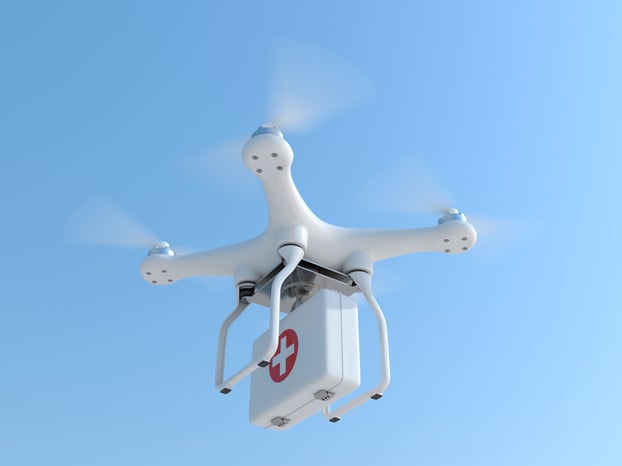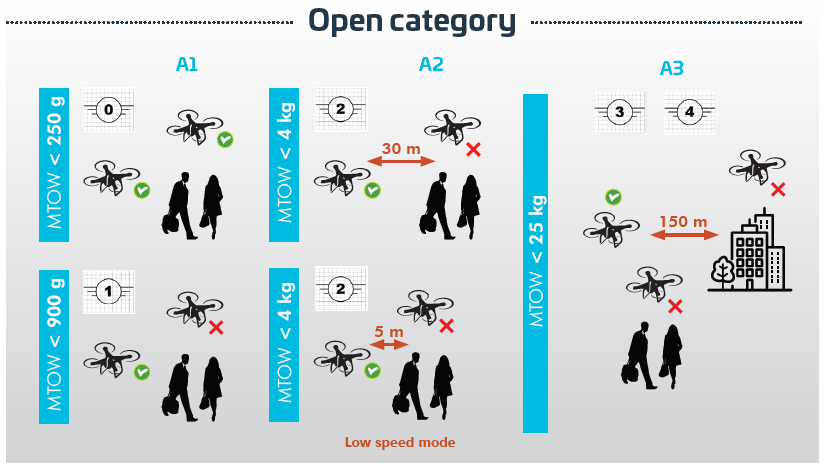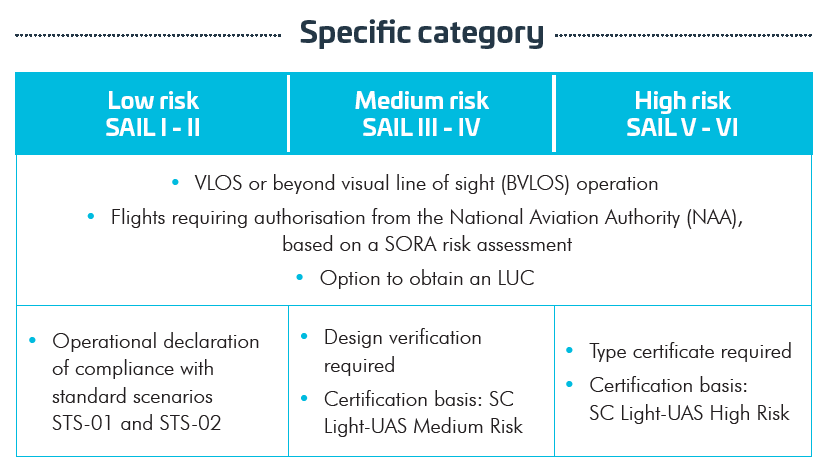Search and rescue operations for victims after an earthquake, avalanche, or fire; search missions for missing persons; surveillance and control operations… Drone fleets in the service of public safety have proved their utility beyond any doubt. Nevertheless, the use of drones for these emergency operations requires thorough preparation. Here are the key steps to ensuring that every mission using emergency drones is a success.

Each pilot must complete an online drone pilot training course and take a theoretical exam that will allow them to obtain a drone pilot licence.
The private or public organisation that owns the drones is considered the operator, and its pilots must be declared in the organisation's operations manuals.
Registration: You must register your drone with your Civil Aviation Authority (CAA).
Insurance: You must take out a civil liability insurance policy for your drone. This insurance covers damage that your drone could cause to people or property.
Regular maintenance: The fleet of drones you use must be reliable. This is all the more true in emergency situations, where lives are at stake.
A drone that is not properly maintained may become faulty. In the worst-case scenario, the drone could fall and cause further accidents.
In order to limit this technical risk, it is advisable to include checkpoints in the pre-flight checklist, schedule regular drone maintenance, and always have spare parts in stock.
In addition to a certificate or licence, professional drone pilots must be properly trained to use the equipment, i.e. the drone and its features.
To become a civil drone pilot, you must obtain the following:
A Remote Pilot Theoretical Aptitude Certificate
A course completion certificate for practical training, from a drone training school or directly from the drone supplier
A Light UAS Operator Certificate (LUC)


In order to act efficiently in an emergency, it is essential to be familiar with the equipment used and to know which drone is available for intervention.
It is also important to check that your equipment is:
Suitable for the intervention in question (prescribed speed, necessary payload, VLOS/BVLOS, etc.)
Compatible with the zone in question and the level of risk of your operation both on the ground and in the air
This is the very principle of an emergency intervention: you must be prepared to act at any time.
It is therefore crucial to ensure that your equipment is always flight-ready: batteries charged, payload tested, and all in good condition.
As well as the drone itself, your infrastructure must also be suitable for these types of operations: a vehicle with a screen, power and relay systems, a tactical backpack in case you need to approach on foot, etc.
Prior to any intervention, a reconnaissance mission is required in order to analyse all the risks present that may influence the intervention:
Terrain risk assessment: obstacles, electromagnetic disturbances, traffic patterns, etc.
Air risk assessment: aircraft, paratroopers, paragliders, birds, etc.
Human risk assessment: people in the area, status of the pilot
Once the risks are known, you can establish an emergency plan allowing you to react appropriately, and determine an Emergency Landing Area (ELA).
Pilots should always be aware of all emergency procedures to be implemented in the event of distress or unforeseeable events.
It is important to establish an Emergency Response Plan (ERP), as it provides a systematic approach to managing emergencies and reducing their impact.
This lets you respond quickly and efficiently to emergency situations by identifying and coordinating with the right people, resources, and procedures.
Here are the main items on a standard checklist to ensure a safe flight:
Equipment: check the condition of the drone and its auxiliary equipment (see point 5).
Weather: check the forecast, as weather conditions can significantly affect your flight and must always be taken into account.
Communications: check that communication systems between team members are functioning correctly, in order to ensure proper coordination during emergency operations.
Flight plan: check that your itinerary is correctly planned and takes into account obstacles, authorised areas, your ELA, and population density.
Authorisations and regulations: if you are operating in a regulated area, check that you possess the necessary authorisations. Finally, check the validity of the flight plan you provided to the authorities.
A successful emergency intervention relies on strong collaboration, and the focus must be on communication between each member of the drone team.
Smooth communication ensures optimum responsiveness, reduces the risk of accidents, and contributes to the success of the mission, and thus requires suitable and secure communication equipment.
The dispatcher's role is to plan and coordinate the flight, taking into account factors such as weather conditions, airspace restrictions, and aircraft performance. They must communicate this information to the pilot, who will then use it to plan the flight and make decisions during the mission.
As such, collaboration between the dispatcher and the pilot before a flight is crucial to ensure the safety and efficiency of the operation. Quick and efficient collaboration will minimise delays and avoid potential safety issues.
Communications between the dispatcher and the pilot should be clear, concise, and quick. They should be able to rapidly exchange information and make decisions based on the latest available information.
Delays or miscommunication may result in the deferment or even cancellation of the flight, which could lead to significant economic and operational consequences.
These digital platforms dedicated to managing drone operations use software that allows all members of your teams to:
Plan, monitor, and analyse their missions
Collaborate seamlessly
Secure their data exchanges and storage
Using a drone management platform therefore saves you time in the preparation and monitoring phases of your flights, and contributes to the success of your missions by ensuring rapid deployment.
To prepare for an emergency drone mission, the following points are essential:
Operational compliance
Pilot certificates
Management of available resources
Equipment that is always ready for take-off
Risk analysis
Emergency plans
Pre-flight checklists
Seamless communications
Want to find out more about ScaleFlyt Platform?